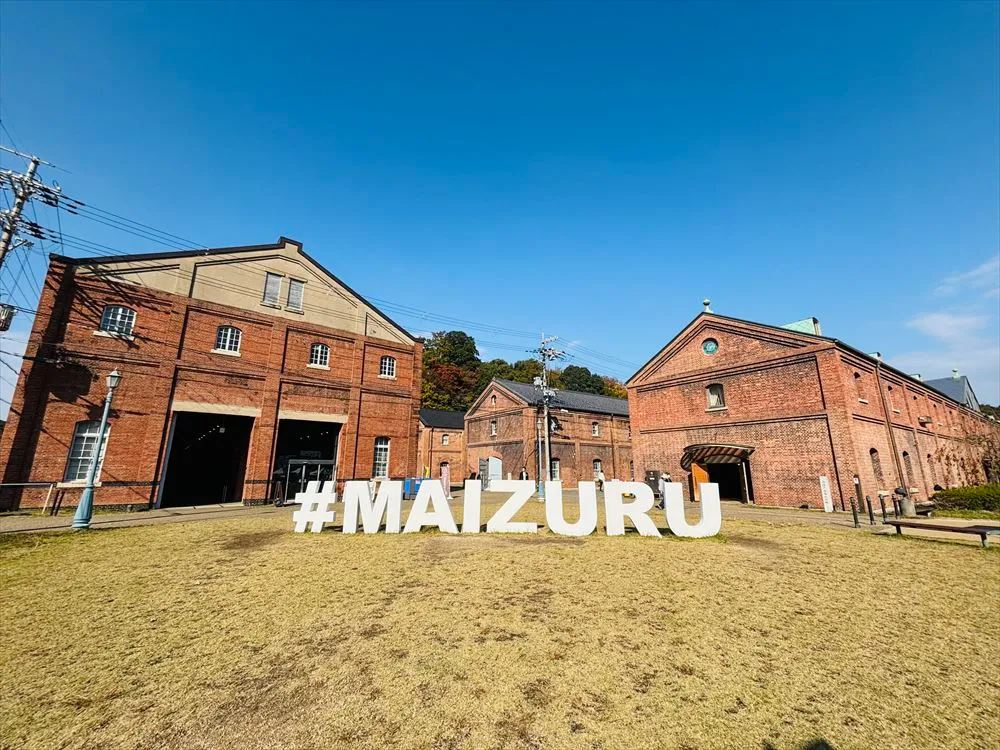The route of the Hokuriku Shinkansen connecting Tokyo and Kanazawa stations is also an area known for some of Japan’s heaviest snowfalls. But even in this snow country, breathtaking natural scenery sprinkles the region with the arrival of spring. In particular, spring to early summer is the best season to travel the area.
Spring and summer scenery of Japan along the Hokuriku Shinkansen line
- 1 . Asahi Funakawa “Spring Quartet” (Asahi Town, Toyama Pref.)
- 2 . “Yuki no Otani” Snow Wall (Tateyama Town, Toyama Pref.)
- 3 . The King of Bonsai “Itoigawa Shimpaku”
- Mt. Myojo
- Takanami-no-Ike Pond
- Fossa Magna Museum
- Restaurant Kamakura Village (Iiyama City, Nagano Pref.)
- Rent-a-cycle, the best way to explore Iiyama in spring and summer!
1 . Asahi Funakawa “Spring Quartet” (Asahi Town, Toyama Pref.)

Period: Early to mid-April
Revel in the stunning spring scenery of the Northern Alps’ snow-capped mountains in combination with vast expanses of cherry blossoms, tulips, and nanohana (rape blossoms). Additionally, approximately 280 Someiyoshino cherry-blossom trees flank the banks of the Funakawa River over a stretch of 1.2 kilometers. Alongside Toyama Prefecture’s flourishing tulip production, local people have planted nanohana in the region to obtain rapeseed oil. This has created magical scenery of all the flowers blooming simultaneously.

| Access | Kurobe-Unazukionsen Station → 15 minutes on the share taxi “Asahimachi Express” (reservations needed, 1,000-yen fee) or 10 minutes on the shuttle bus from Tomari Station on the Ainokaze Toyama Railway (free) |
| URL | https://www.asahi-tabi.com/sijuusou/ |
You may also like this:
2 . “Yuki no Otani” Snow Wall (Tateyama Town, Toyama Pref.)

Period: Mid-April to late June
This snow wall is synonymous with the coming of spring on the “Tateyama Kurobe Alpine Route,” a world-renowned mountain sightseeing route that cuts through the Northern Alps. The wall, created upon clearing the snow accumulated over the winter, can reach as high as 20 meters! During the “Tateyama Kurobe Yuki no Otani Festival,” visitors can observe the impressive snow wall while walking the 500-meter-long pedestrian path. We recommend visiting in mid-April when the wall is high and the snow immaculate.

| Access | Dentetsu-Toyama Station → 1 hour to Tateyama Station along the Toyama Chihou Railway → 7 minutes to Bijodaira on the Tateyama Cable Car → 50 minutes to Murodo on the Tateyama Highland Bus |
| URL | https://www.alpen-route.com/en/ |
You may also like this:
3 . The King of Bonsai “Itoigawa Shimpaku”

Period: All year round
Breathtaking views do not necessarily have to be panoramic. Bonsai, an expression of “landscapes” via trees, grass, and moss planted in pots, also offer an array of picturesque scenery. While Japanese bonsai have garnered attention from all over the world, a variety of trees known as the “Itoigawa Shimpaku” has captivated the hearts of many bonsai enthusiasts.


Designated as Japan’s first UNESCO Global Geopark in 2009, Itoigawa is home to jade formed 500 million years ago and many other geological treasures that tell the story of the birth of the Japanese Archipelago, dating back about 20 million years. The rugged, craggy mountains, raised by the collision of plates covering the earth and volcanic activity, are the native habitat of the Itoigawa Shimpaku juniper tree. Growing slowly among the rocks while enduring intense heat in summer and heavy snow in winter, they are known for their twisted form and delicate, emerald-green leaves.

It is often assumed that the leaves and branches of bonsai are styled into a well-balanced form. However, local bonsai enthusiasts prefer to express the harsh natural environment of the Itoigawa Shimpaku, such as the rugged rocks and strong winds.
There are three bonsai nurseries in the city where visitors can admire and purchase Itoigawa Shimpaku bonsai grown over years of trial and error. Though one of the best qualities of bonsai is that they can be enjoyed year round, we especially recommend visiting these nurseries from spring to early summer when you can comfortably admire them outdoors.
Recommended Bonsai Nurseries
Himekawa-en


The garden of Himekawa-en overflows with bonsai carefully and lovingly grown by nursery owner Mr. Umezawa, who has over 50 years of experience with bonsai. They are styled with consideration to space and winds to express both the strength and delicacy of the Itoigawa Shimpaku.
Address: 3036 Suzawa, Itoigawa City, Niigata
Access: 10-minute taxi ride from Itoigawa Station (JR)
http://himekawaen.qee.jp/
Kataoka Garden


Though specializing in the Itoigawa Shimpaku, Kataoka Garden is also home to a plethora of bonsai varieties and wildflowers, many of which are affordably priced in the 1,000-yen range. Owner Mr. Kataoka provides detailed instructions on how to care for the bonsai, making it an ideal place for beginner enthusiasts.
Address: 421-1 Ono, Itoigawa City, Niigata
Access: 5-minute walk from Himekawa Station (JR)
Ota Shofuen


This bonsai nursery is located in the Nechi region, surrounded by majestic mountains. Owner Mr. Ota pays special attention to growing bonsai that look as though they are thriving in their native, mountainous habitat. The many large to medium-sized bonsai are a splendid sight to see.
Address: 343 Negoya, Itoigawa City, Niigata
Access: 5-minute walk from Nechi Station (JR)
Visit here first for information!
Itoigawa City Tourism Association Tourist Information Center
As the open hours and holidays of each bonsai nursery vary depending on the season, we recommend visiting this center beforehand to check. They also provide various sightseeing information on Itoigawa City.
Location : Itoigawa Station Alps Exit, Geo Station (GeoPal)

Furthermore, there are upcoming tours to the three bonsai nurseries to learn more about the approach and particular passions of the owners, as well as tours to the natural habitats of the Itoigawa Shimpaku juniper and workshops where visitors can create their own mini bonsai. Please check the website for the latest information.
https://shimpaku.geo-itoigawa.com/en/

You may also like this:
Mt. Myojo
The 1,188-meter-tall Mt. Myojo is one of the Itoigawa Shimpaku’s native habitats. Now a popular destination among hikers and mountain climbers, it was once a coral reef some 300 million years ago. Seeing its native habitat with your own eyes will allow you to feel the power of the Itoigawa Shimpaku.

| URL | https://discover-itoigawa.com/ |
Takanami-no-Ike Pond
Takanami-no-Ike Pond was formed long ago by a massive landslide. It is an ideal location from which to gaze at Mt. Myojo.

| URL | https://discover-itoigawa.com/ |
Fossa Magna Museum
Visit to learn Earth history going back 500 million years and the formation of the Japanese archipelago.


| URL | https://fmm.geo-itoigawa.com/en/ |
Restaurant Kamakura Village (Iiyama City, Nagano Pref.)

Period: Mid-January to late February
A particularly snowy area even for the snow-laden Nagano Prefecture, the city of Iiyama provides the backdrop to a unique winter scene: some 20 kamakura (snow huts) of various sizes built by locals dotting a frosted landscape. Here, visitors can enjoy snow activities in the daytime and enchanting illuminations at night. They also won’t want to miss out on the “Restaurant Kamakura Village” where they can fill their stomachs with tasty and nourishing Noroshi Nabe, a hot pot filled with local vegetables and pork, inside the huts. Due to the event’s popularity, we recommend booking a spot early in advance. The 2023 reservations are set to open from December 2022. Head to the website for more details.



| URL | https://www.iiyama-ouendan.net/en/special/kamakura/ |
You may also like this:
Rent-a-cycle, the best way to explore Iiyama in spring and summer!
Nothing is more invigorating than feeling the wind of the highlands while cycling. Bicycles can be rented out at the Shinetsu-Shizenkyo Activity Center on the first floor of JR Iiyama Station, where they also offer mountain bikes and electric bicycles.



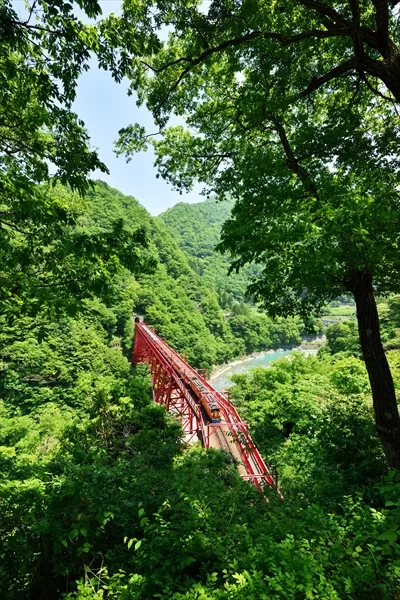

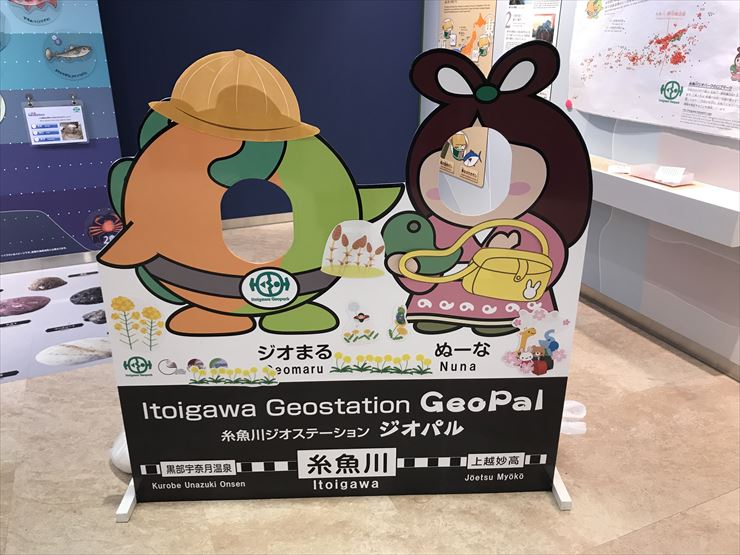

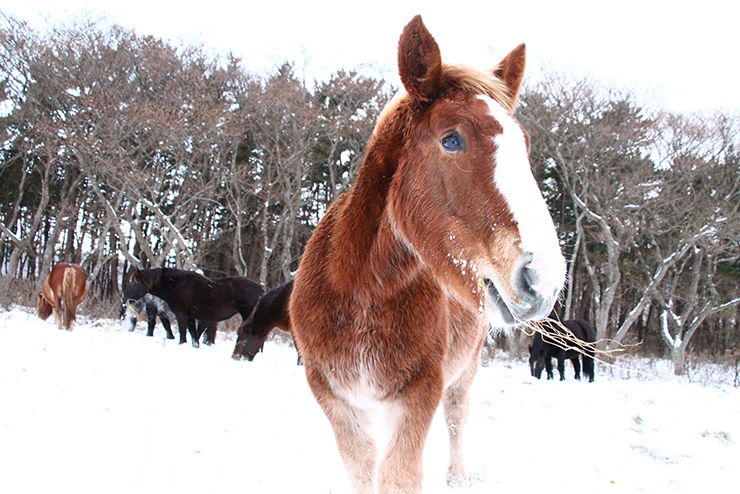
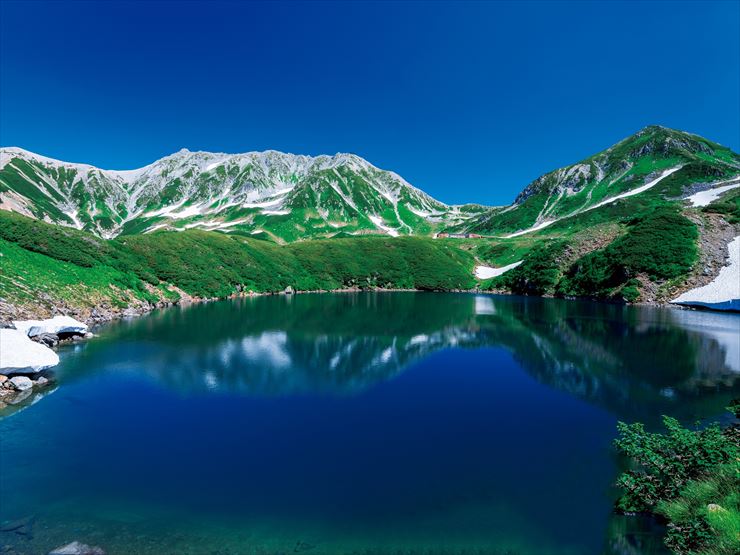
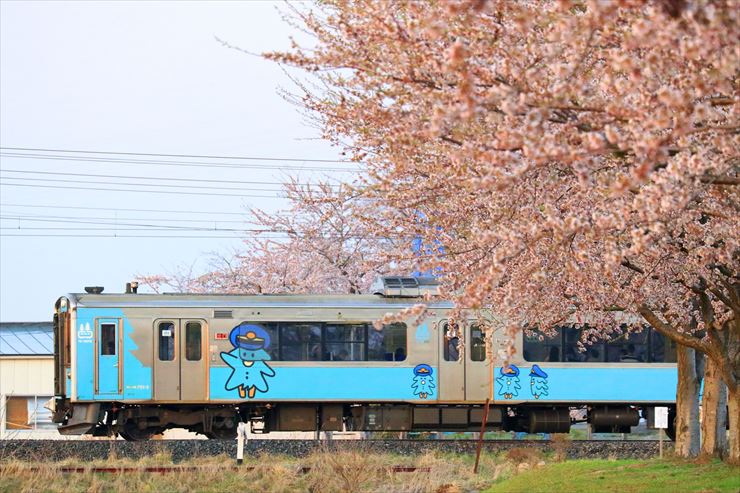

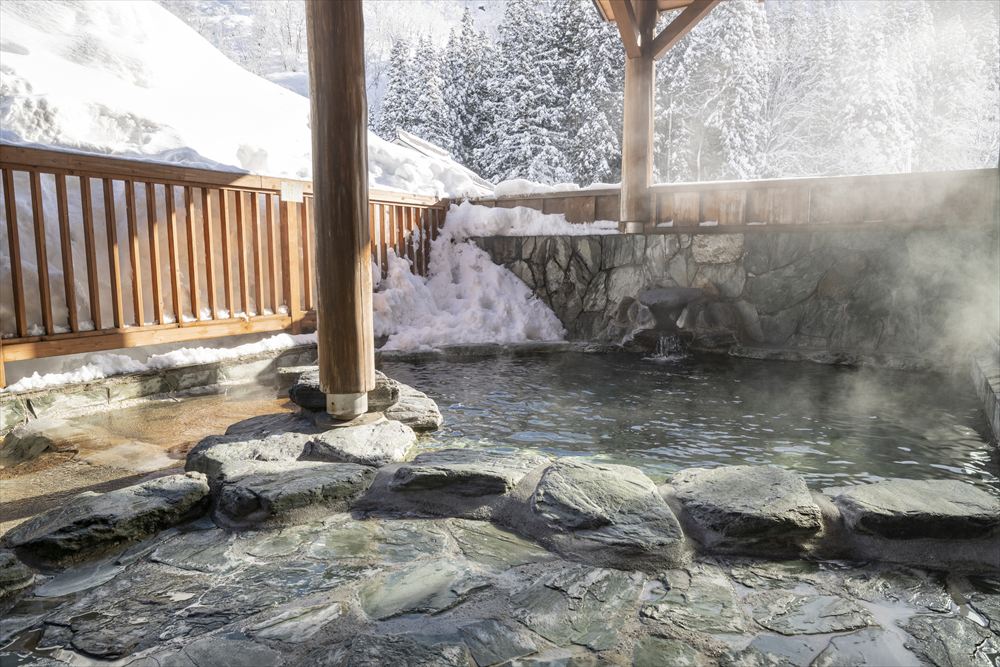
_R.webp)

